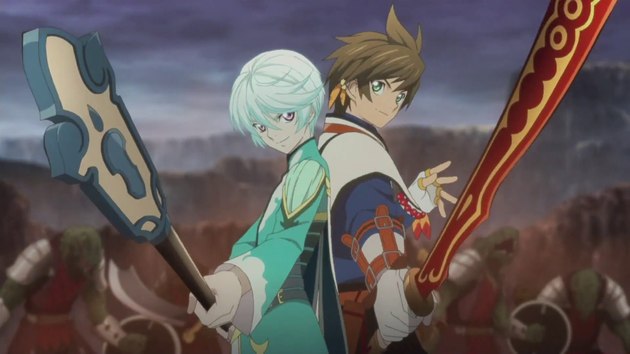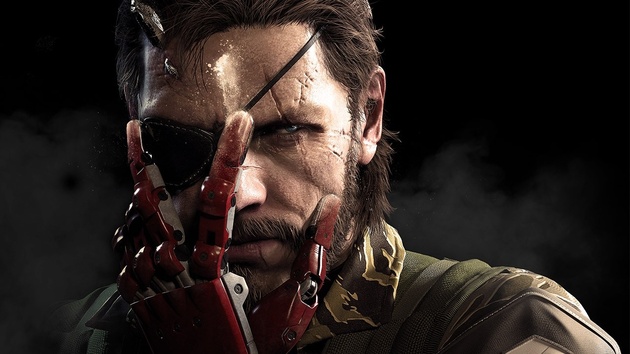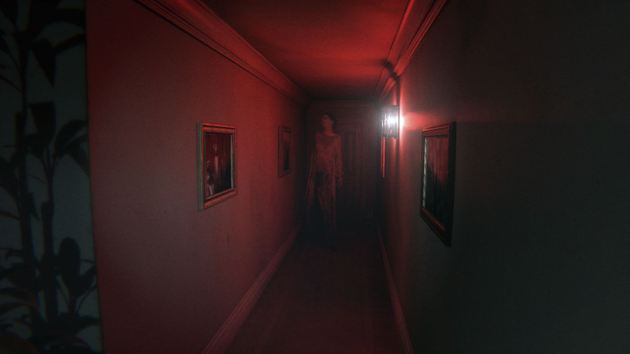Between youth football, high school football, college football games, and professional football, millions of Americans take the field each year to sport their teams' colors. Football is America's game, but is another challenging, high-impact, collision sport that can take a toll on your body. No matter what level you're playing at, it is advisable to don't forget to take proper care of the body and address any injuries that arise every time they occur to prevent problems down the road.
Here are some the most notable 15 most common workplace injuires in football:
General
1. Broken Bone
Any bone might be broken when playing football- from small bones like fingers and toes to large bones like legs and in many cases spines. Broken bones needs to be splinted immediately by the trainer if at all possible and x-rays should be carried out to look for the location and kind of break so that they can be properly set.
Head/Neck
2. Pinched Brachial Plexus
Typically called a "Stinger" or "Burner." A stinger is an incredibly painful nerve injury that results once the nerves within the neck are stretched, causing nerves inside the shoulder to pinch or bruise. It makes sense a pointy pain (like this of your electric shock or lightning strike) and arm numbness and weakness. Effects usually are temporary and subside quickly. If effects linger consult a health care provider.
3. Concussion
Concussions are graded 1-3 determined by severity and may vary greatly with regards to time to recover. In case a player is suspected to get a concussion they should be evaluated with a health care professional immediately. Certain tests could possibly be go to see whether a gamer has a concussion as well as a doctor may order a player wait days, weeks, as well as months before going back to the area.
Back/Shoulder
4. Shoulder Dislocation
An upward and backward wrenching with the shoulder can cause a shoulder dislocation. When a shoulder is dislocated from your socket it needs to be popped in immediately in order to avoid unnecessary pain and extra problems for the region. Based on the situation x-rays may be required to discover if any damage has become implemented to the region.
5. AC Separation
Typically called a "Separated Shoulder". Many individuals believe a dislocated shoulder and separated shoulder are identical thing, however they are actually different injuries. A separated shoulder is usually the results of an autumn, and involves a tear from the ligaments between your clavicle (collar bone) and acromion bone (the very best reason for the shoulder blade). The result is that the clavicle will in fact stick up. Depending on the seriousness of the injury cold packs plus a shoulder immobilizer may slow up the pain and enable the shoulder to heal. In some cases surgery may be required.
6. Back Sprain
Back sprains come in all size and shapes but with ice along with the right lumbar back support back sprains typically be corrected. It's always a good idea though to see a health care provider, sports therapist, or chiropractor to ensure that they injury isn't severe, requiring more extensive treatment.
7. Herniated Disc
Commonly referred to as a "Slipped Disc" or "Ruptured Disc." Small spongy discs cushion the vertebrate in your back and act as shocks when you embark on activities like running and tackling. Every time a disc is overly strained it might bulge or rupture, resulting in the disc being herniated. To prevent serious back injuries down the road it is advisable to consult your doctor to discover the best plan.
Leg/Knee/Ankle/Foot
8. Quadriceps Contusion
Contusions to quadriceps might occur from impact towards the front with the thigh from something like head gear. Compression and ice are essential inside the process of healing with quadriceps contusions, and sometimes early motion also can aid in preventing stiffness from developing.
9. Hamstring Sprain
Typically called a "Hamstring Pull". Hamstring pulls are in fact a tear inside hamstring muscles and will result from sudden acceleration or possibly a blow for the body. Hamstring pulls may vary greatly in severity but often plague sufferers with repeat problems throughout an athletic career. Ice, compression therapy and rest are important to heal a hamstring pull.
10. Iliac Crest Contusion
Typically called a "Hip Pointer." An iliac crest contusion can be a bruise or perhaps a fracture on the iliac crest region from the hip which is helped by ice and padding.
11. Ankle Sprain
Ankle sprains would be the most po[censored] r sport injury and result when damage is completed for the soft tissue and ligaments surrounding the ankle as a consequence of excessive twisting. The "RICE" method (rest, ice, compression, and elevation) are widely-used to reduce swelling after an ankle sprain. Ankle braces and wraps will help speed up recovery at the same time.
12. Syndesmotic Sprain
Known as a "High Ankle Sprain." An increased ankle sprain is caused once the leg and foot twist outward and may considerably much more serious when compared to a regular ankle sprain. Together with using rest, ice, compression, and elevation to deal with a higher ankle sprain, a hinged ankle brace or cast maybe necessary in severe cases.
13. Turf Toe
Turf toe is surely an trouble for the base of the important toe from running or jumping on hard surfaces. This may cause basketball players and football players on artificial turf prone to sustain this type of injury.
14. ACL/MCL/PCL Tear
ACL, MCL and PCL injuries most often result when landing coming from a jump or changing directions suddenly. When the ACL, MCL or PCL tears often a "pop" will be heard and the knee will offer out. These injuries can be extremely painful and require highly specialized hinged knee braces, extensive physical rehabilitation, and surgery to recoup. Amongst athletes they're some of the most feared injuries due to the long recovery times associated with them.
15. Meniscus Tear
The meniscus is 2 bits of cartilage that cushion and keep the knee joint. Meniscus tears often accompany ACL and MCL injuries and so are super easy to reinjure or else in the correct time to heal fully. Ice, compression, elevation, and therapy are essential in healing properly following a meniscus tear. Surgery might even be necessary depending on the individual circumstance.






 Guide: How to Complete the Spooky P.T. Demo on PS4
Guide: How to Complete the Spooky P.T. Demo on PS4 Guide: How to Make Unlimited Money in The Witcher 3 on PS4
Guide: How to Make Unlimited Money in The Witcher 3 on PS4 Guide: Destiny of Spirits PS Vita Trophy Guide & Road Map
Guide: Destiny of Spirits PS Vita Trophy Guide & Road Map Guide: When Will the Star Wars Battlefront Beta Be Available on PS4?
Guide: When Will the Star Wars Battlefront Beta Be Available on PS4? Guide: What Time Is Sonys Paris Games Week Press Conference?
Guide: What Time Is Sonys Paris Games Week Press Conference?